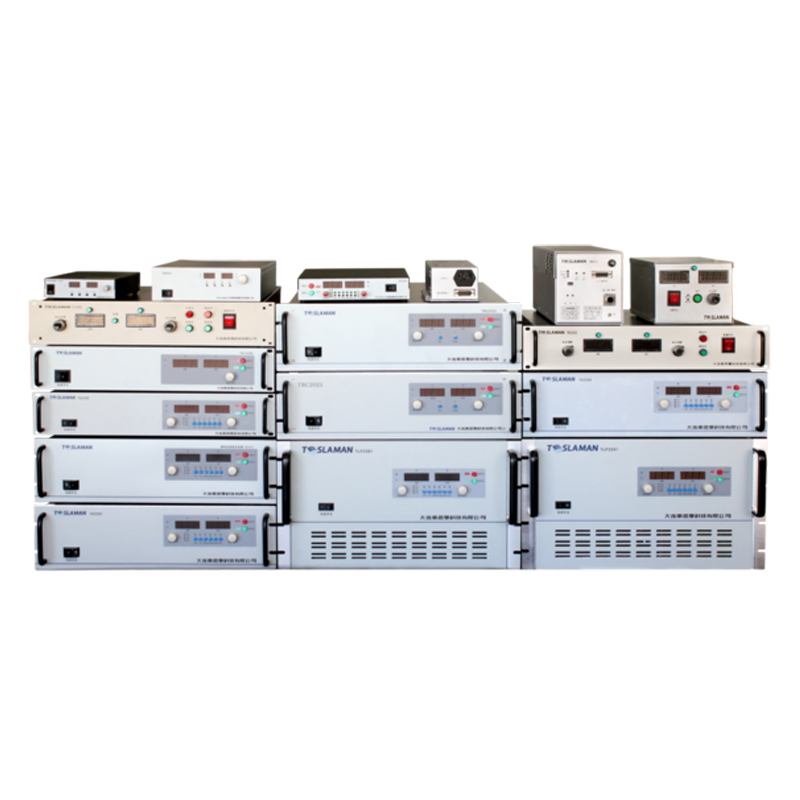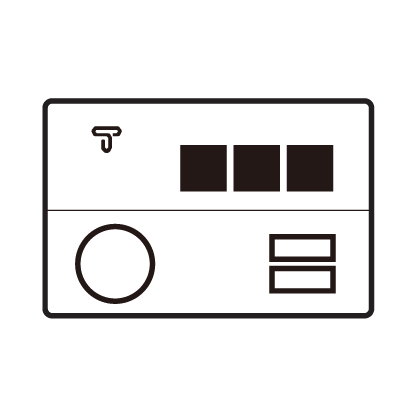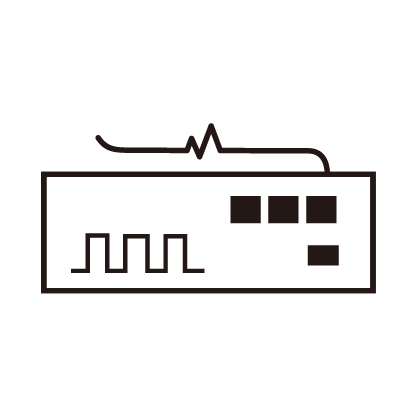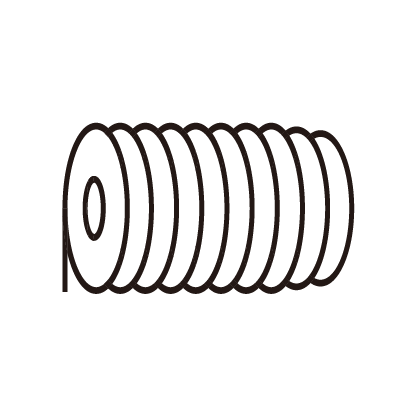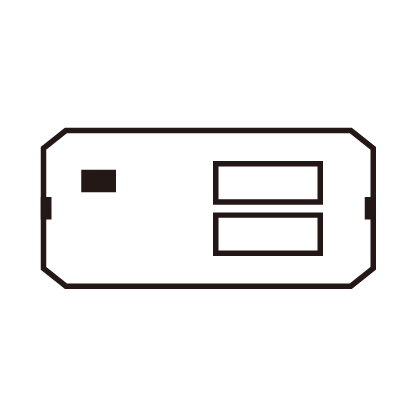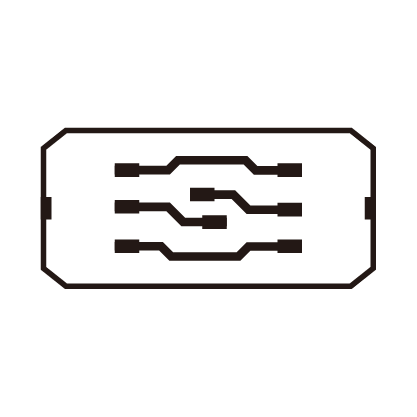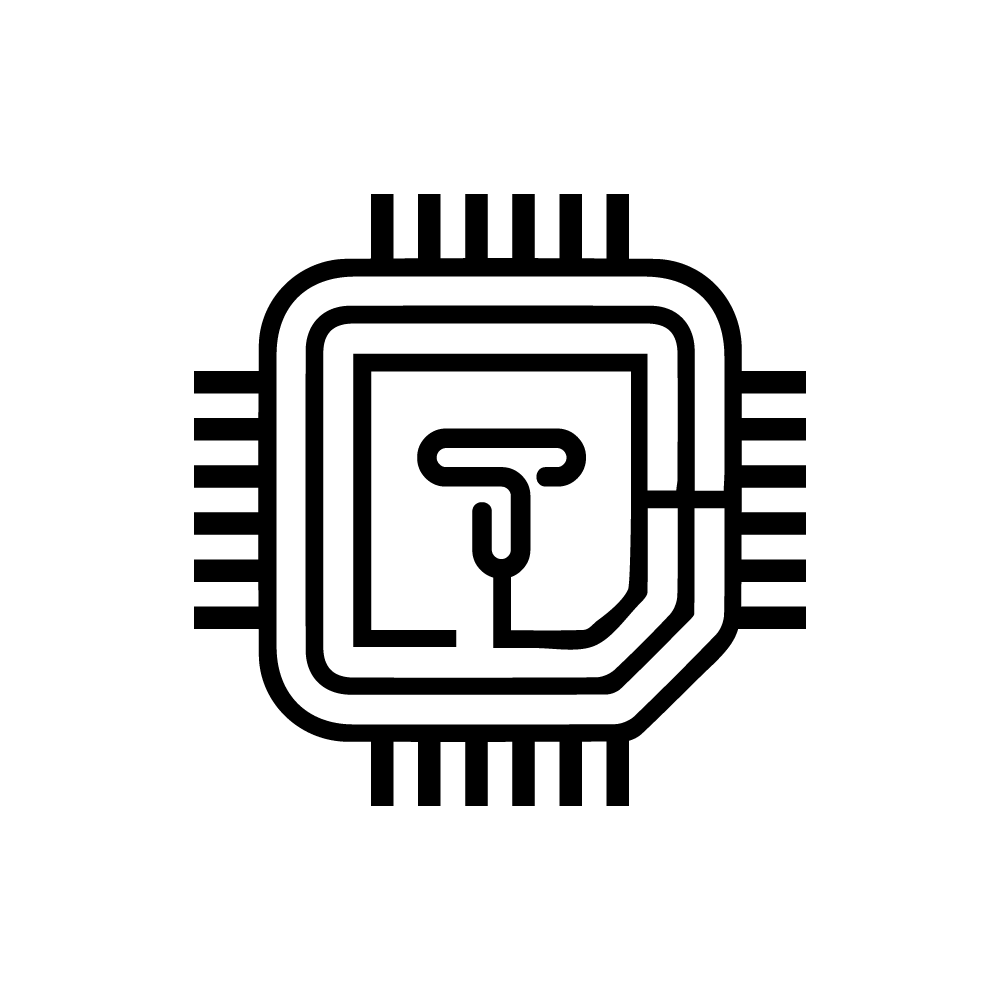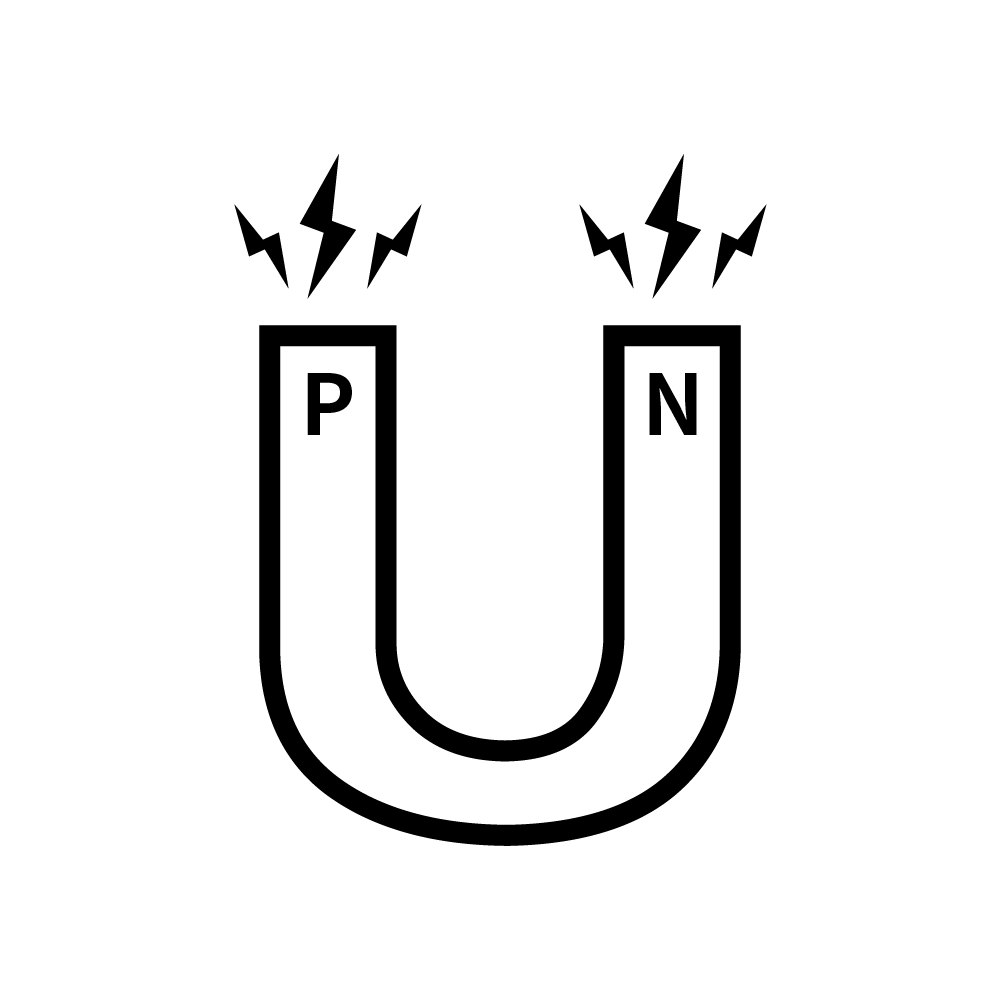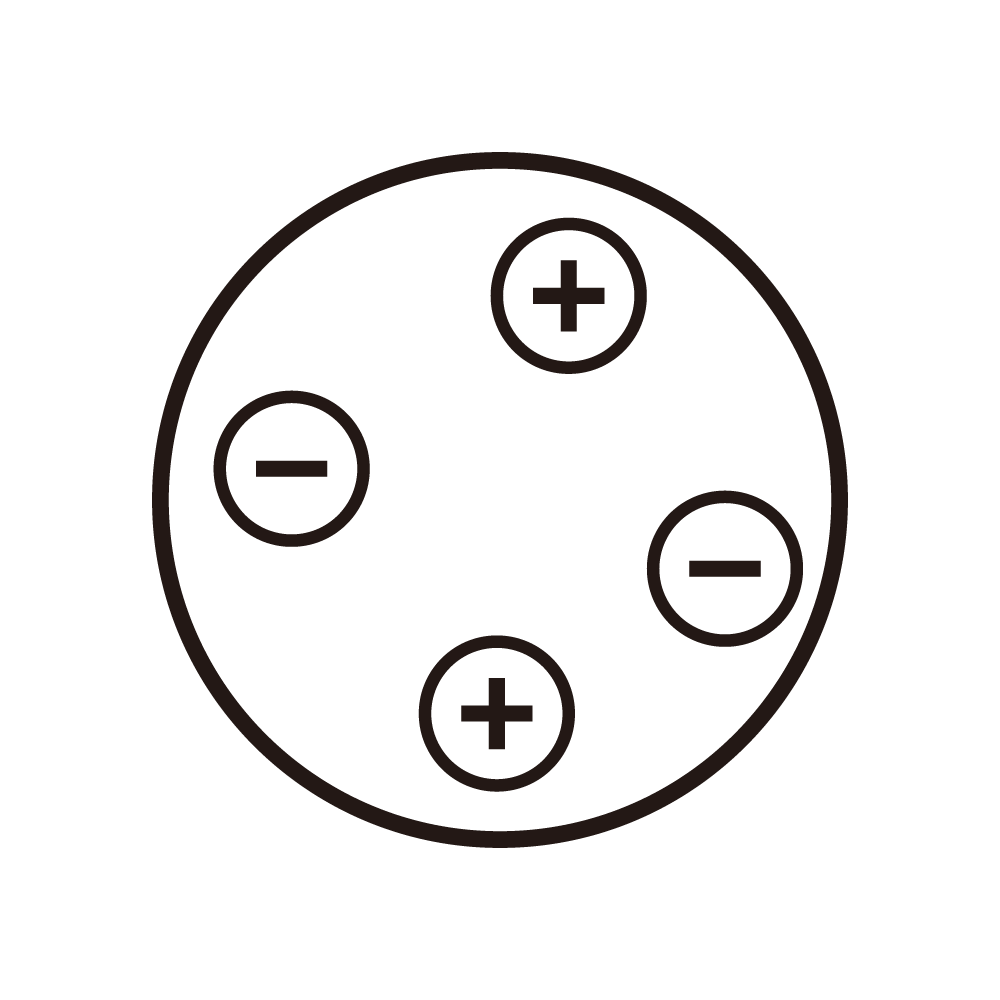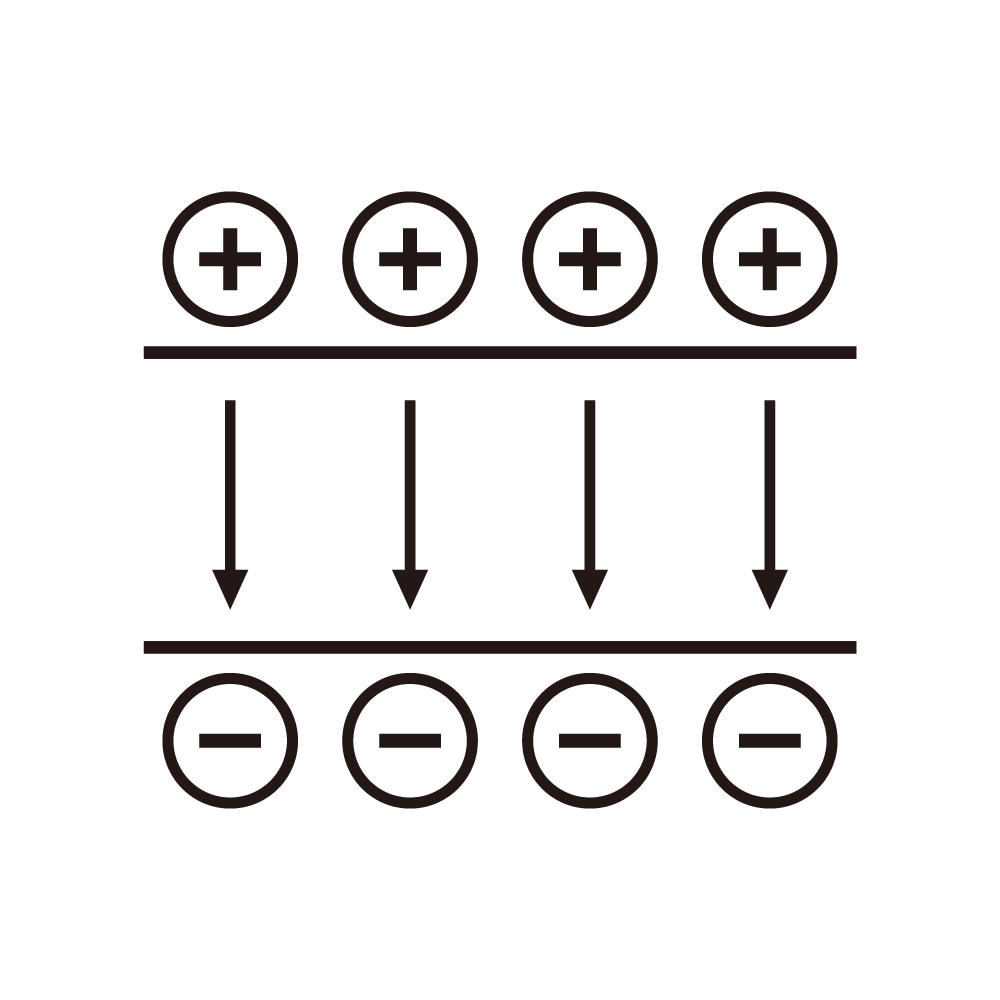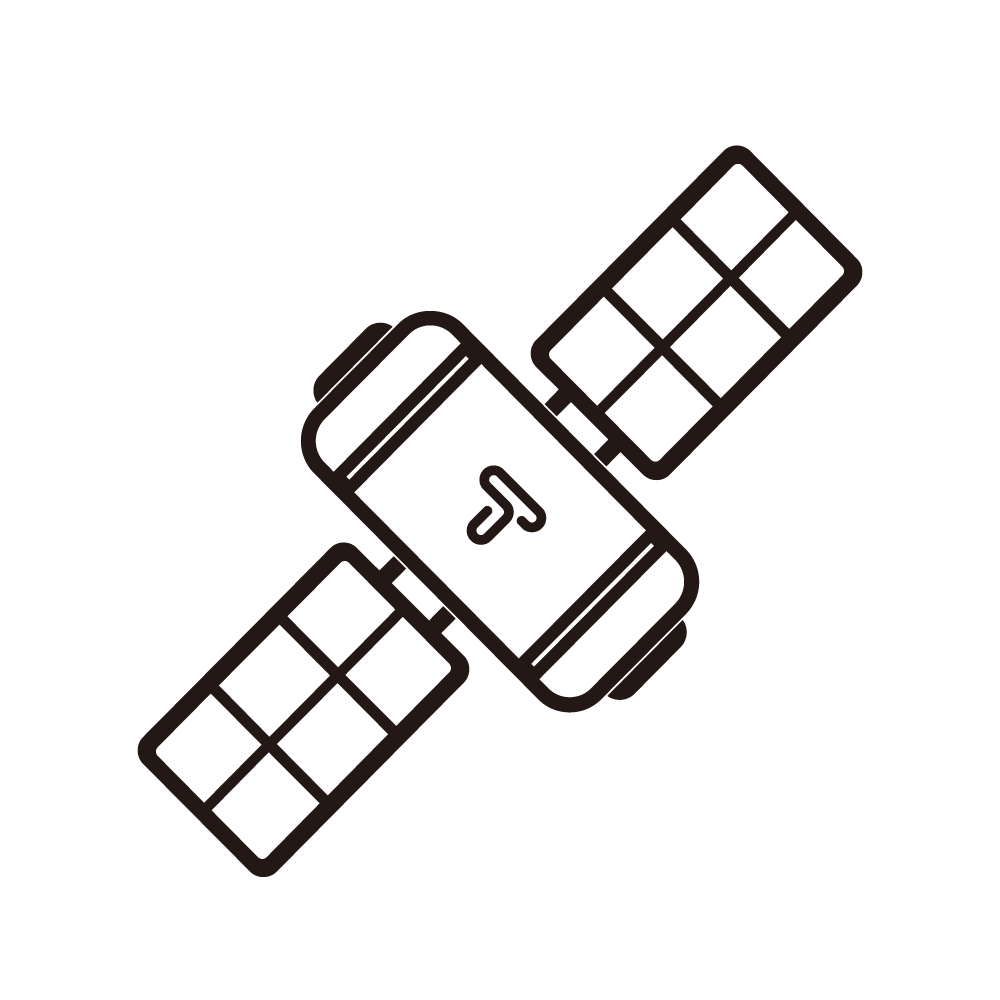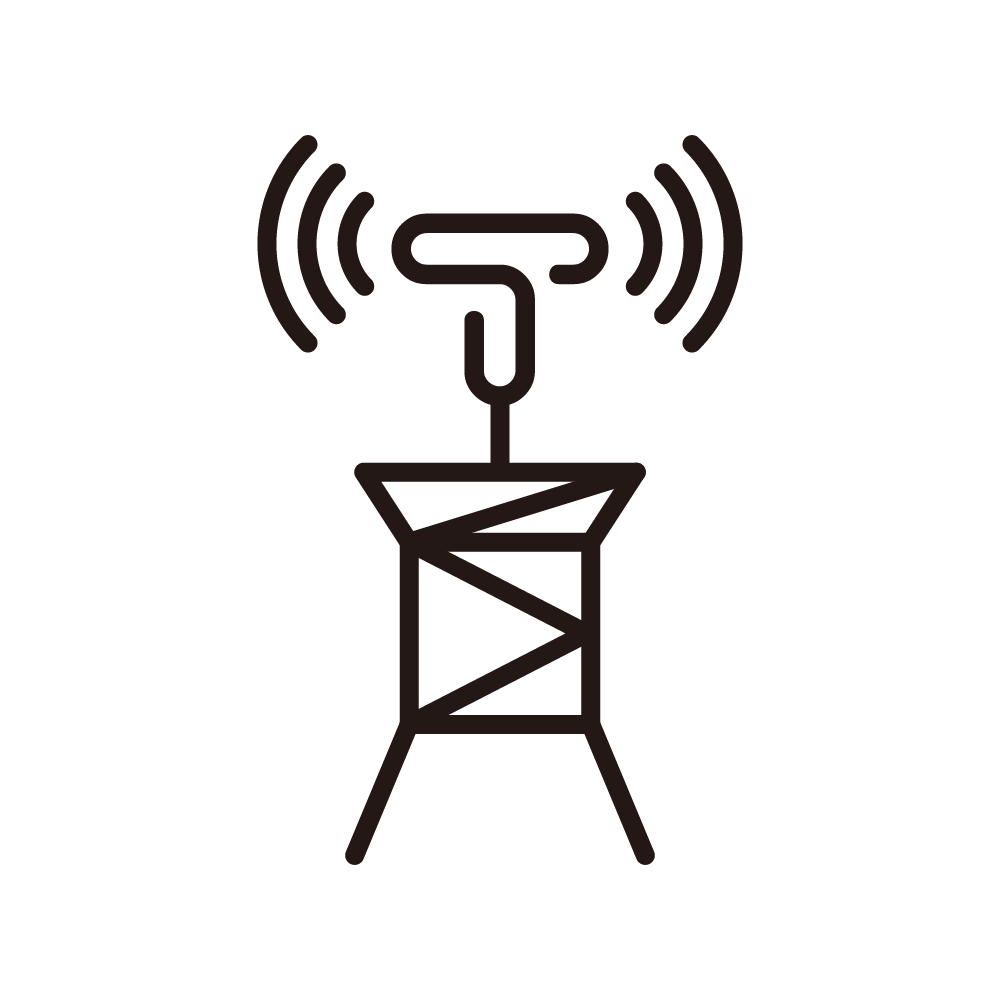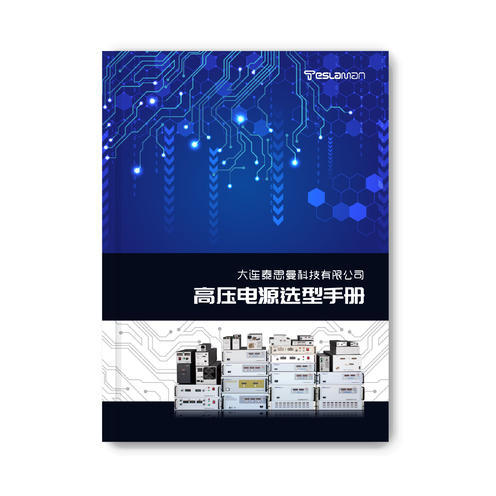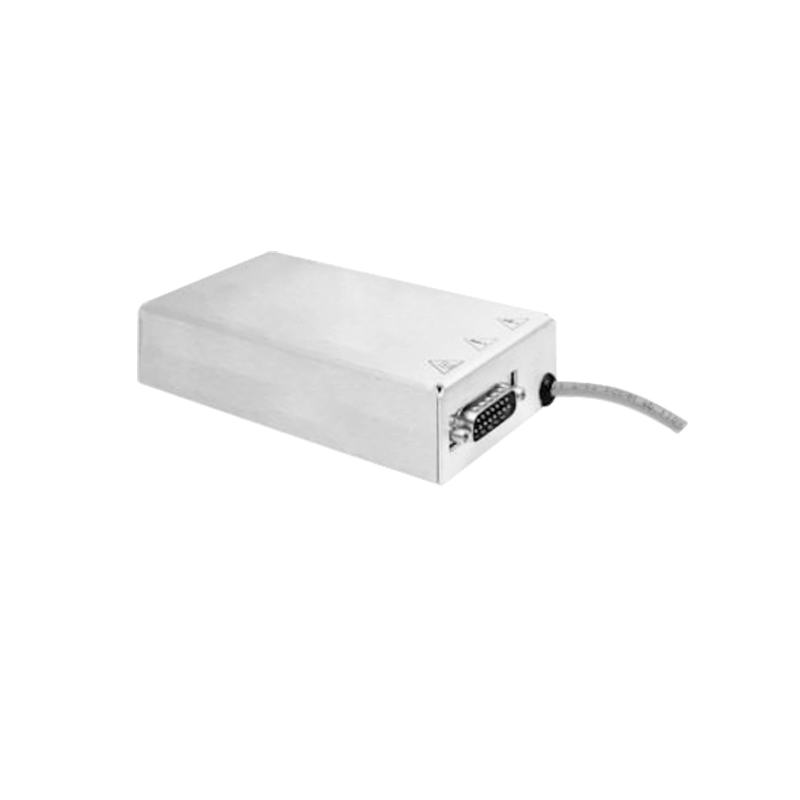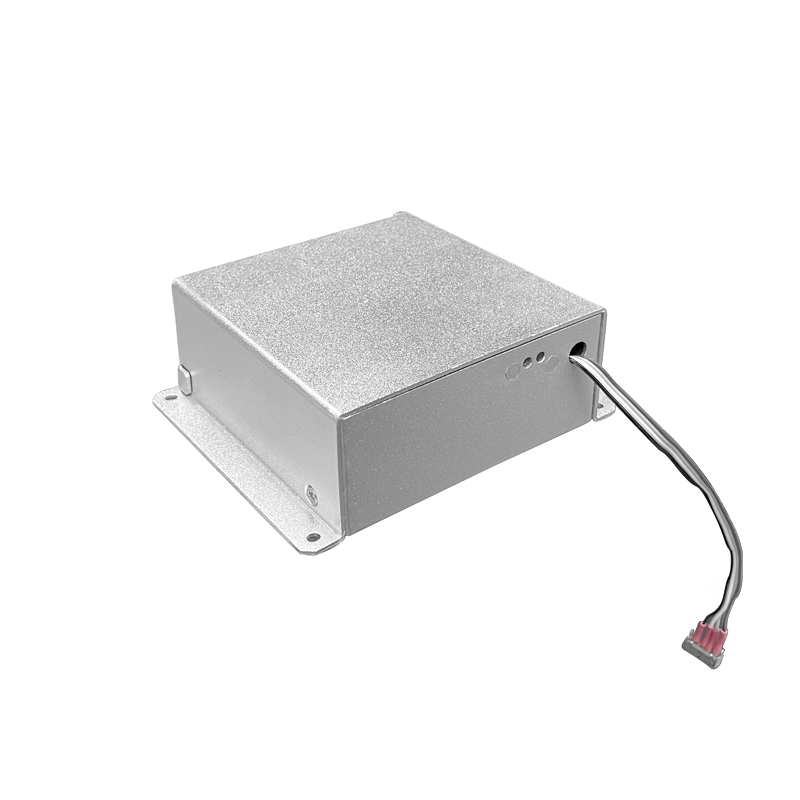Application Practice of Pulse Sequence Chaos Control in Ion Implantation High-Voltage Power Supplies
Ion implantation is a core process for achieving precise impurity doping in semiconductor device manufacturing. It accelerates impurity ions (such as boron and phosphorus) through a high-voltage power supply, enabling ions to be implanted into the wafer to form key structures such as source-drain electrodes and gate electrodes. The stability of the pulse sequence directly determines the ion beam energy accuracy and dose uniformity. The chaos phenomenon of the pulse sequence (such as amplitude fluctuation and width jitter) leads to deviations in ion implantation energy, causing device threshold voltage drift. Therefore, chaos control technology is crucial for ensuring the performance consistency of semiconductor devices.
The generation of pulse sequence chaos in ion implantation HVPS mainly stems from three nonlinear factors: first, ion source load fluctuation, where changes in plasma density cause the power supply load impedance to switch dynamically between 10⁴-10⁵Ω; second, electromagnetic interference, where radio frequency signals (13.56MHz) from the process chamber couple to the power supply output terminal; third, switching device noise, where the switching loss of IGBT causes jitter in the pulse rising edge. To address these issues, the chaos control technology adopts a three-layer architecture of "state monitoring - nonlinear suppression - parameter compensation": the first layer captures parameters such as pulse amplitude, width, and rising edge time through a high-speed data acquisition module (sampling rate ≥1GS/s), and calculates the Lyapunov exponent (threshold set to 0.01) to determine the chaos state; the second layer designs a nonlinear controller based on sliding mode control theory, suppressing chaos by adjusting the power supply switching frequency (adjustable between 50-200kHz) and duty cycle, reducing the pulse amplitude fluctuation from ±5% to ±0.2%; the third layer introduces a Kalman filtering algorithm to predict load fluctuations and compensate for pulse parameter deviations in advance, ensuring ion beam energy stability.
In practical process applications, this technology significantly improves the quality of ion implantation. In the medium-energy ion implantation (10-100keV) scenario, pulse sequence chaos control increases the ion beam energy accuracy from ±2% to ±0.5%, with dose uniformity reaching over 99.8%, and reduces the device threshold voltage deviation (ΔVth) by 40%, effectively lowering the leakage risk of logic chips. In the high-dose implantation (10¹⁵-10¹⁶ions/cm²) scenario, it avoids local excessive doping caused by pulse chaos, increases the uniformity of wafer surface doping concentration to 99.5%, and improves the threshold voltage consistency of memory cells in memory chips by 25%. In addition, this technology can adapt to the implantation needs of different ion types (such as P⁺, B⁺, As⁺), achieving multi-process compatibility by adjusting control parameters, reducing equipment changeover time, and providing support for flexible manufacturing in semiconductor production lines.
